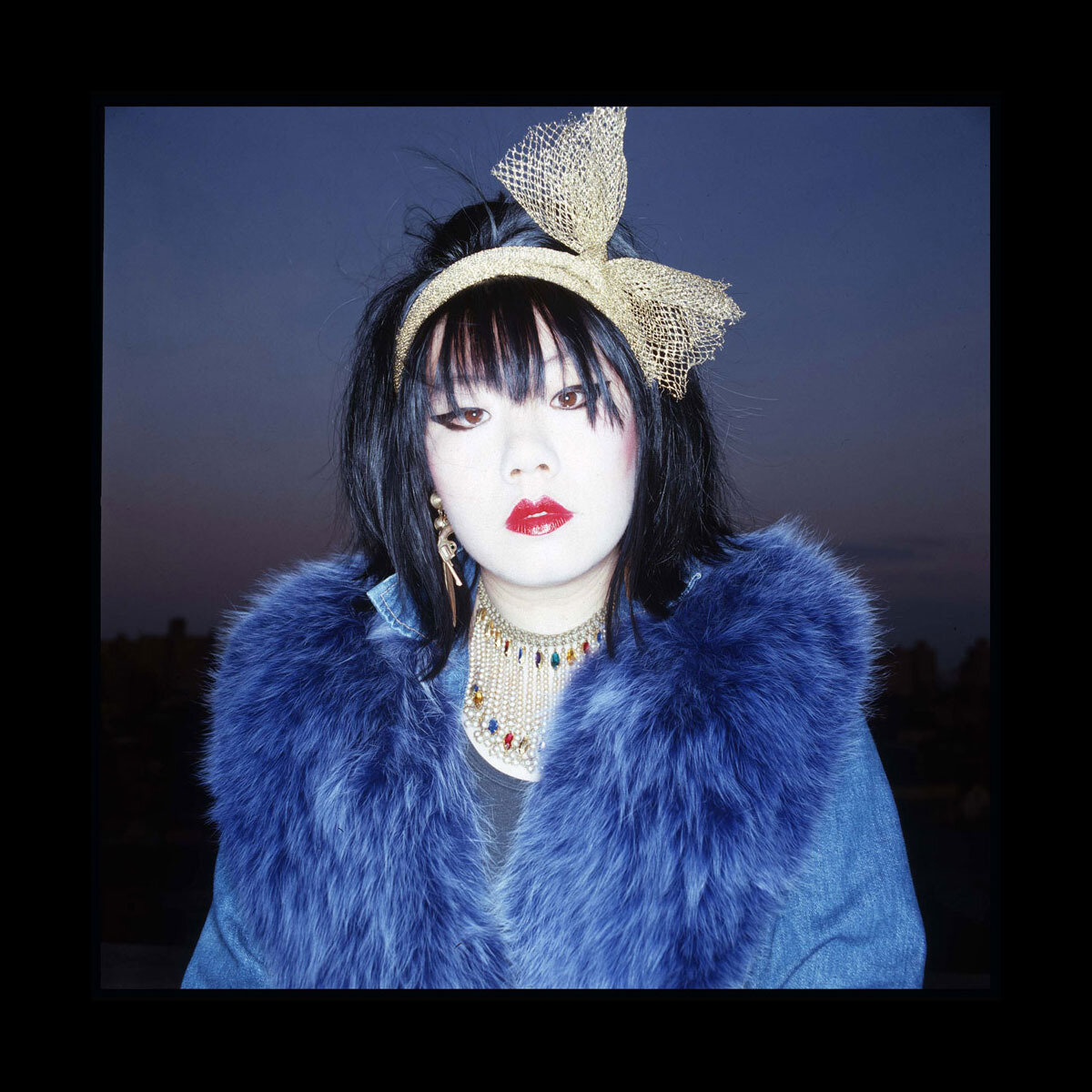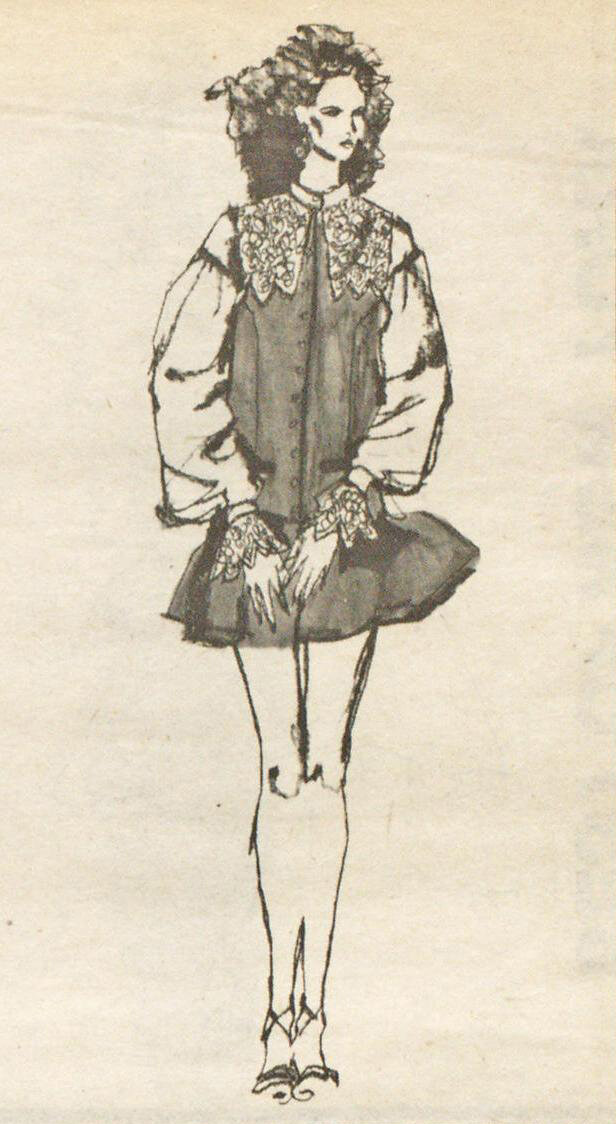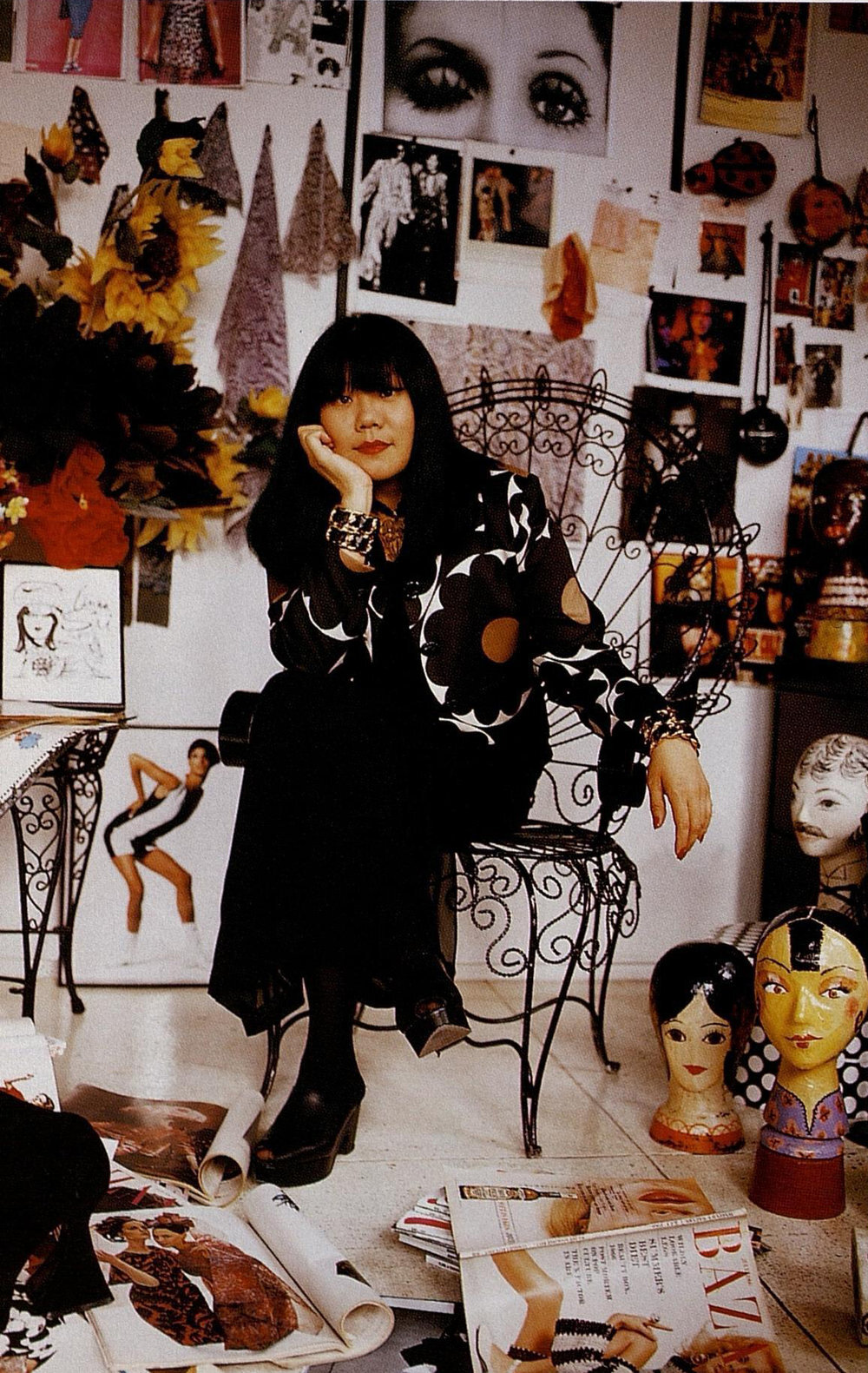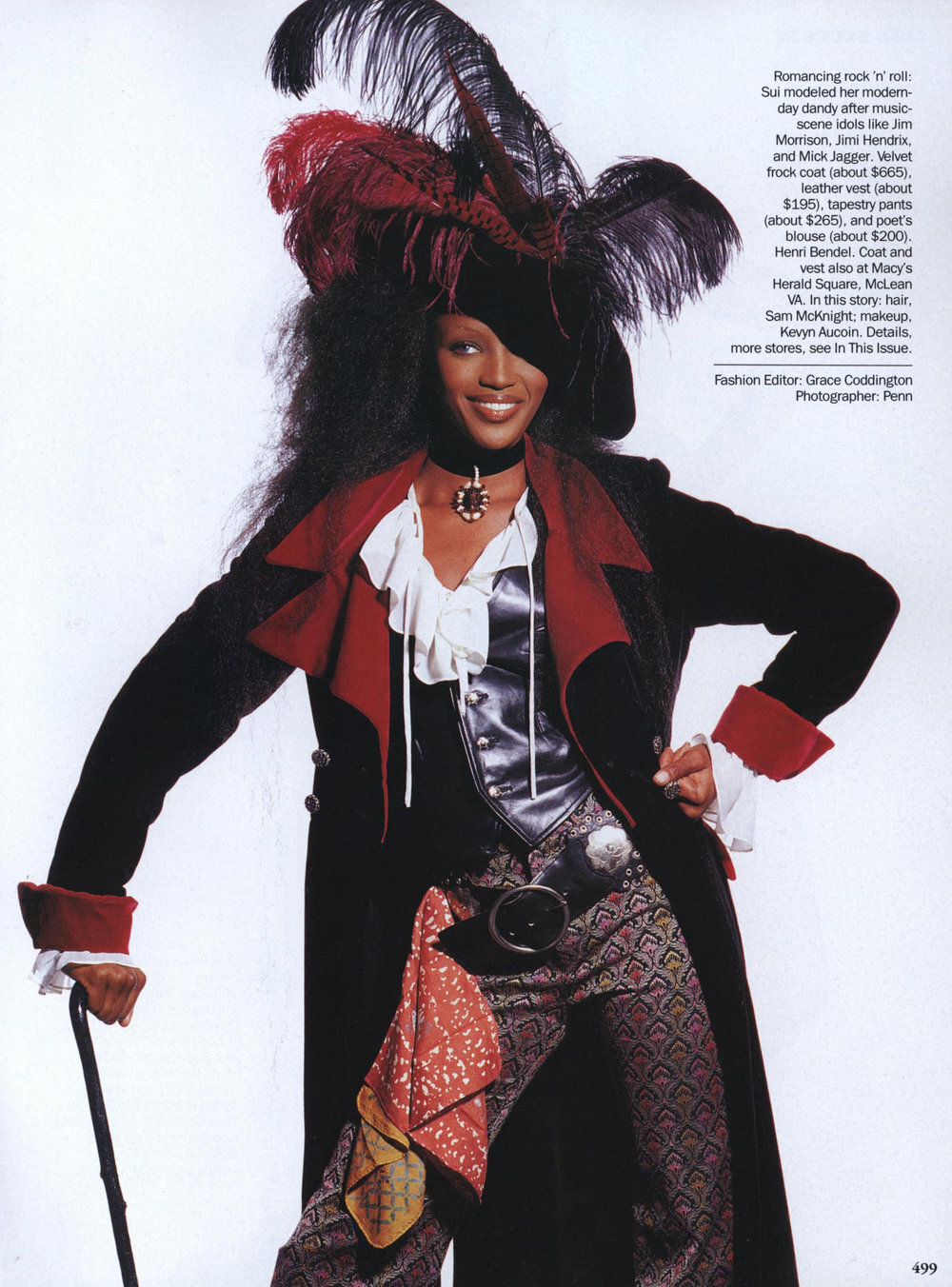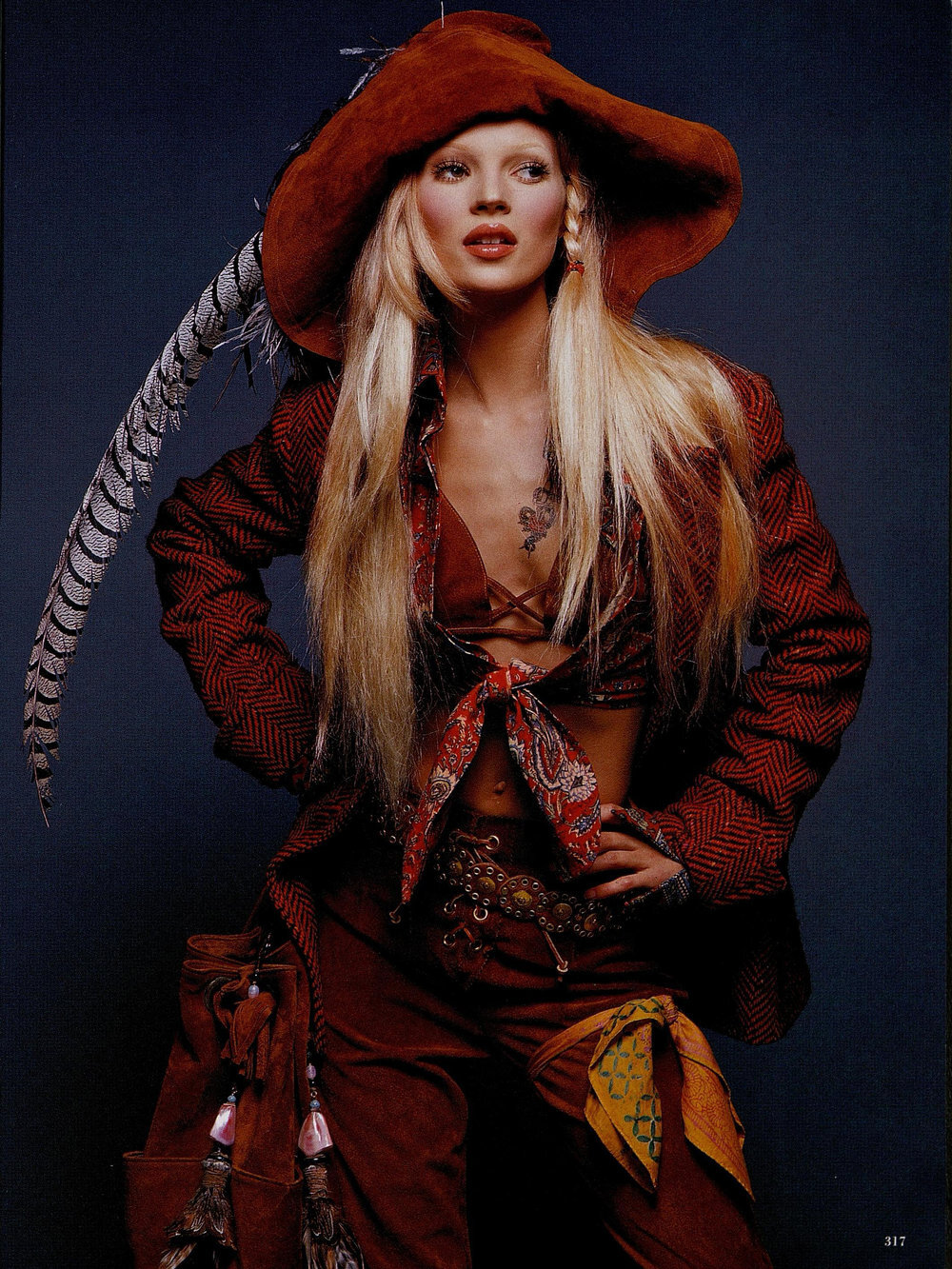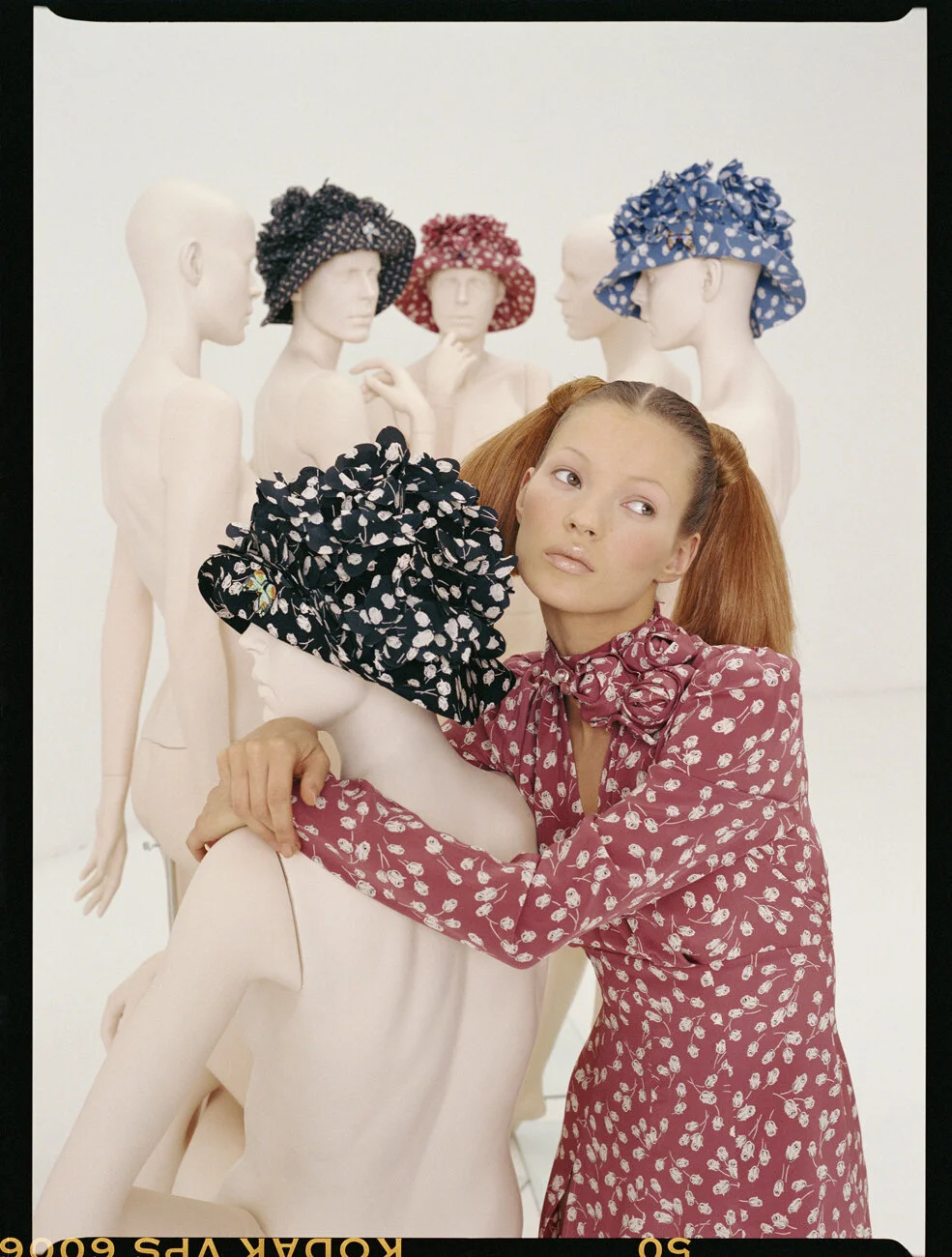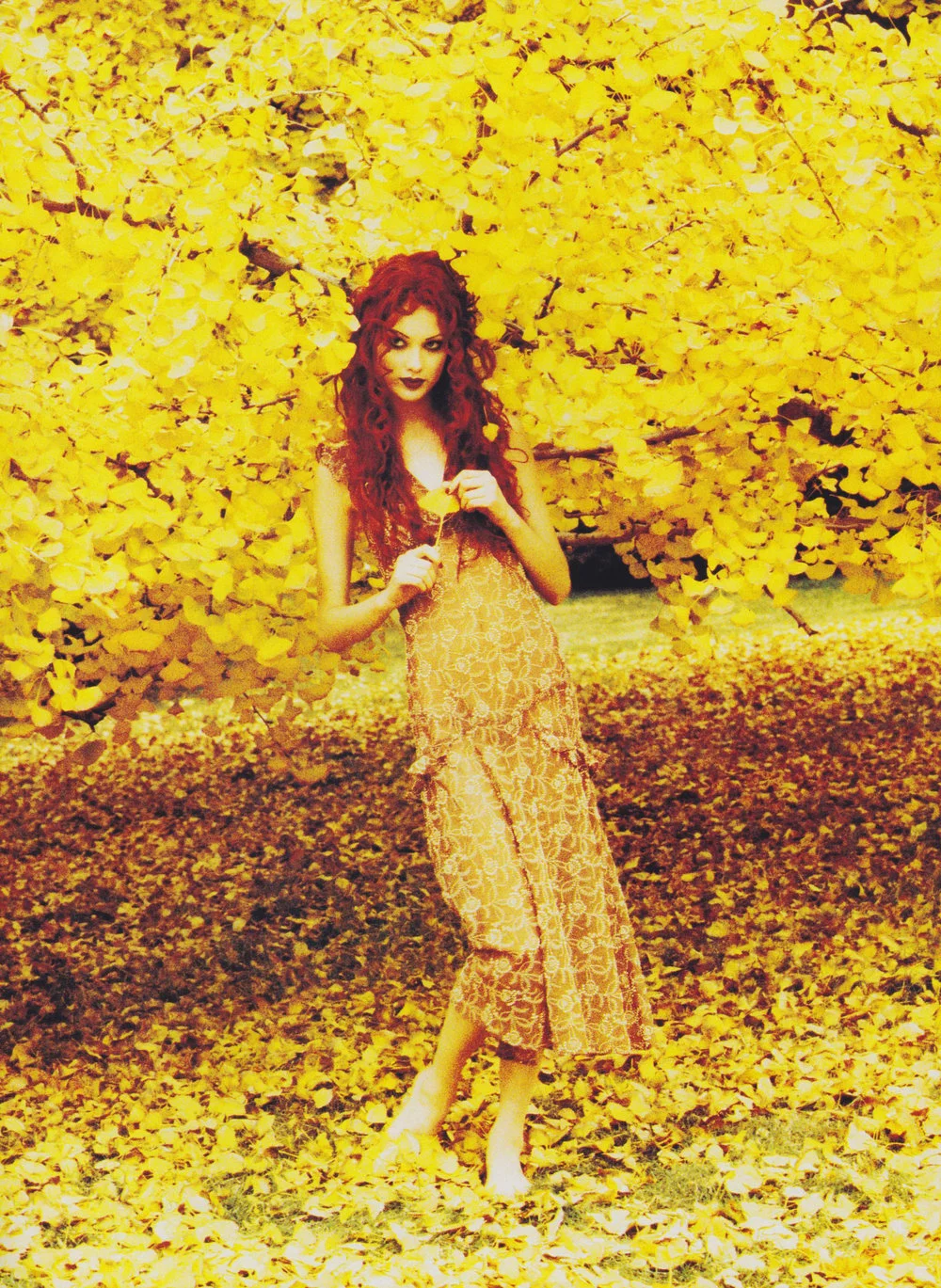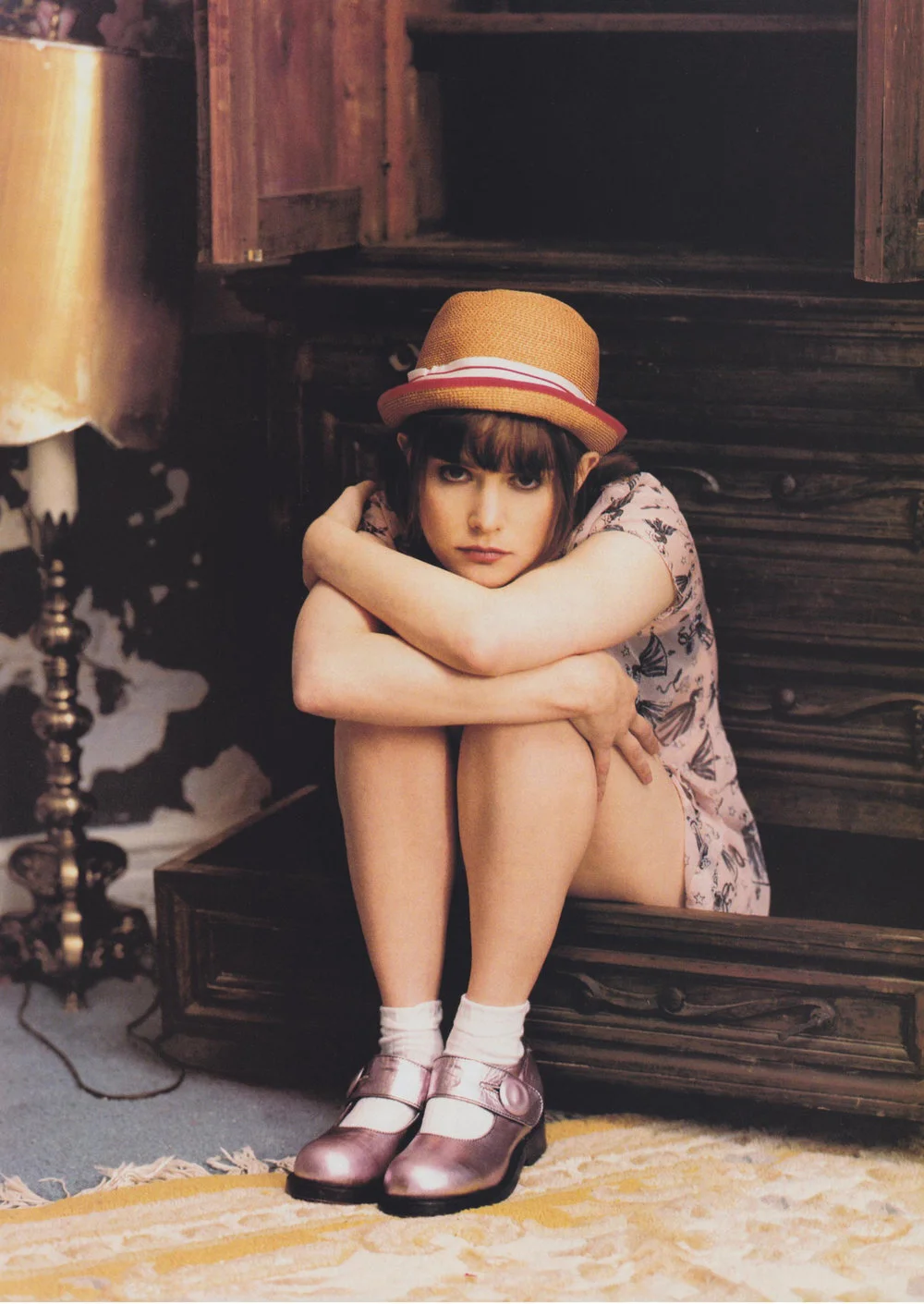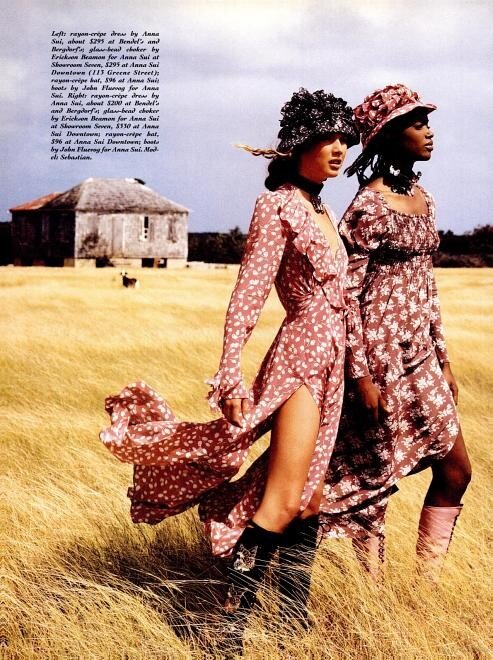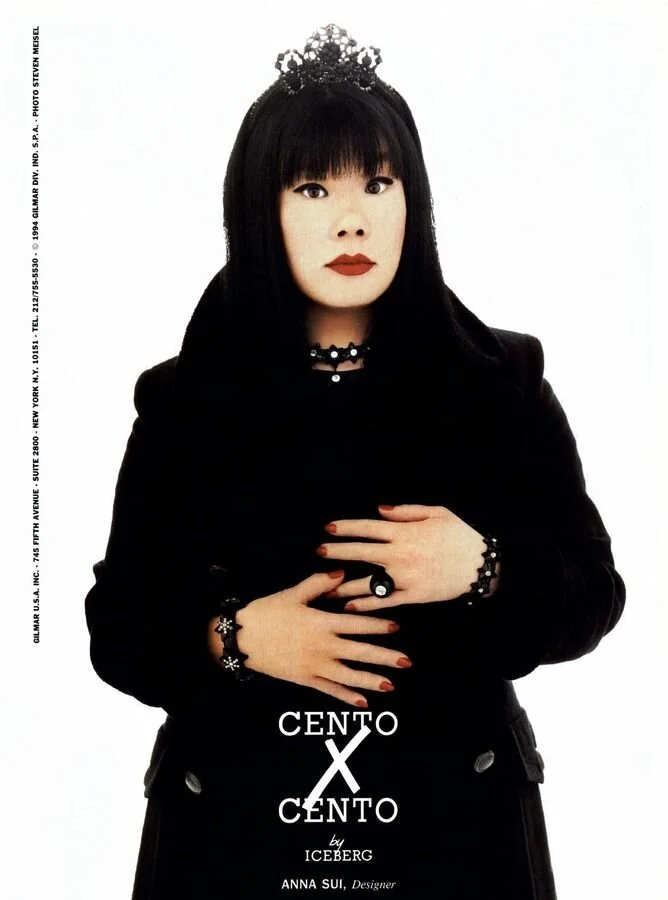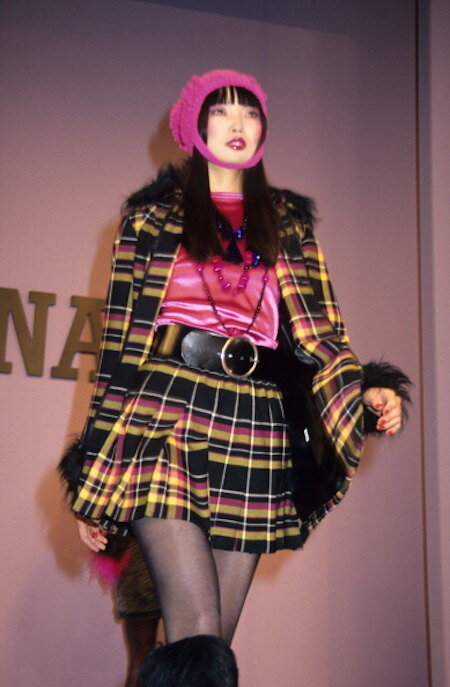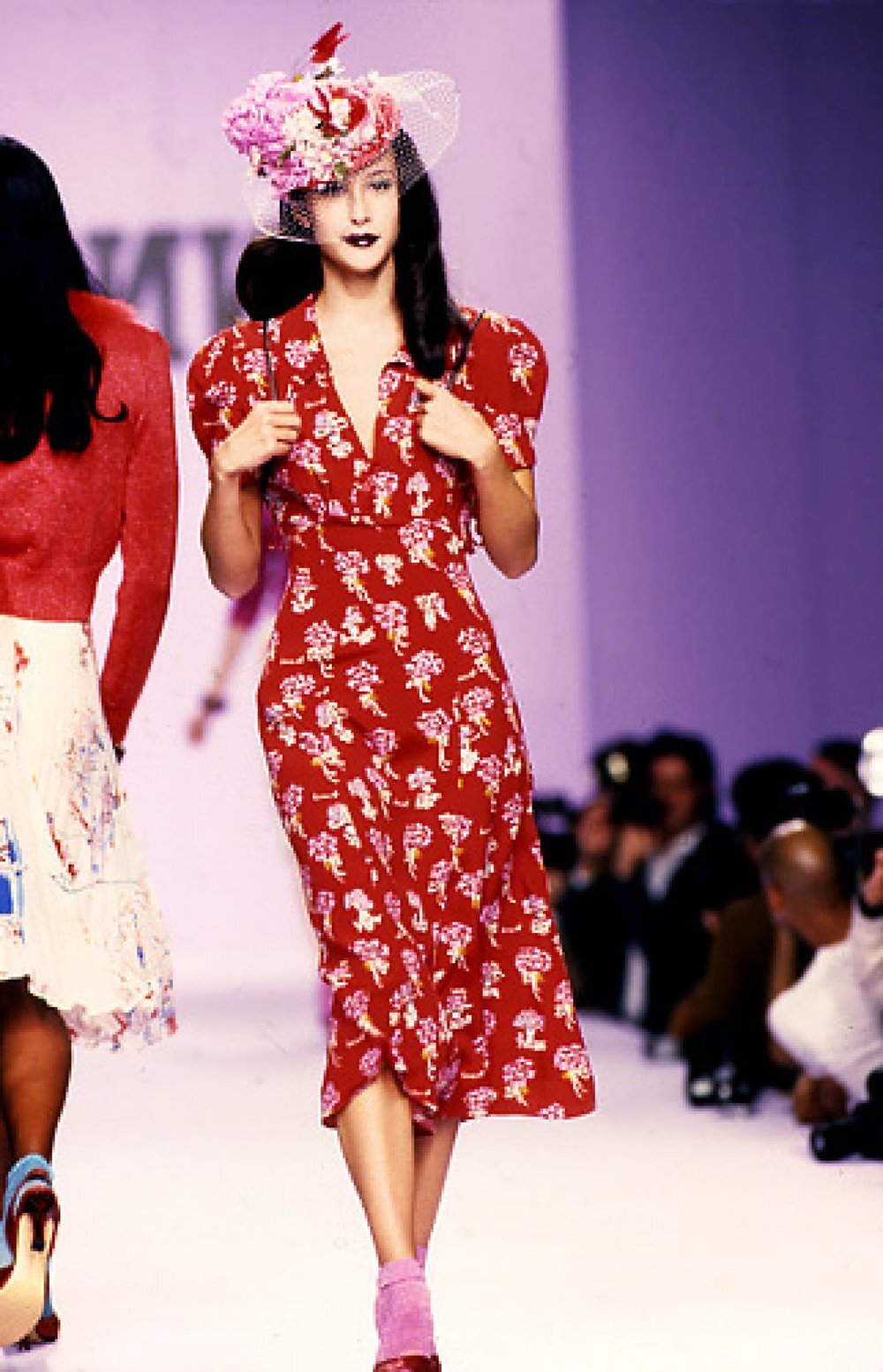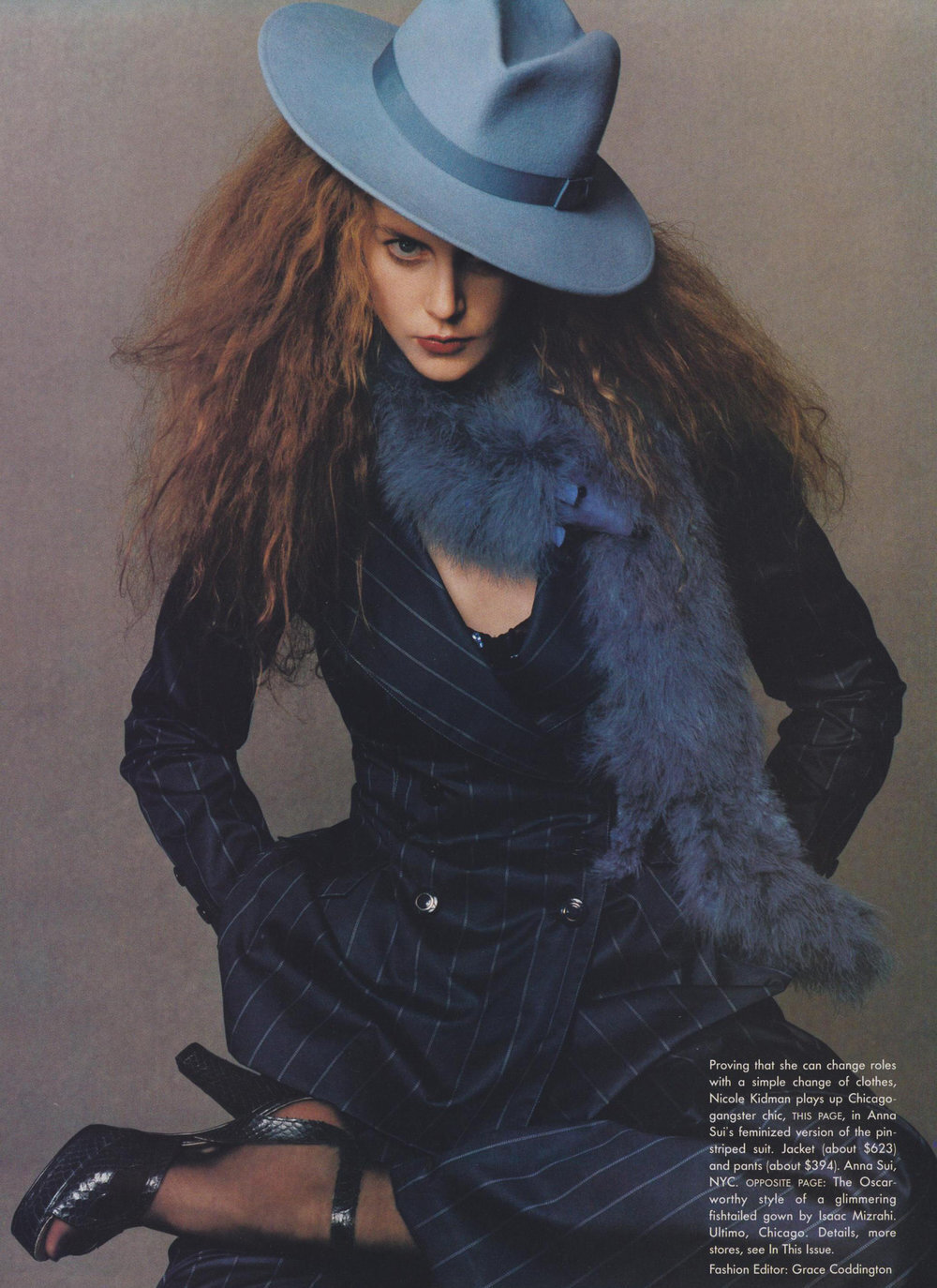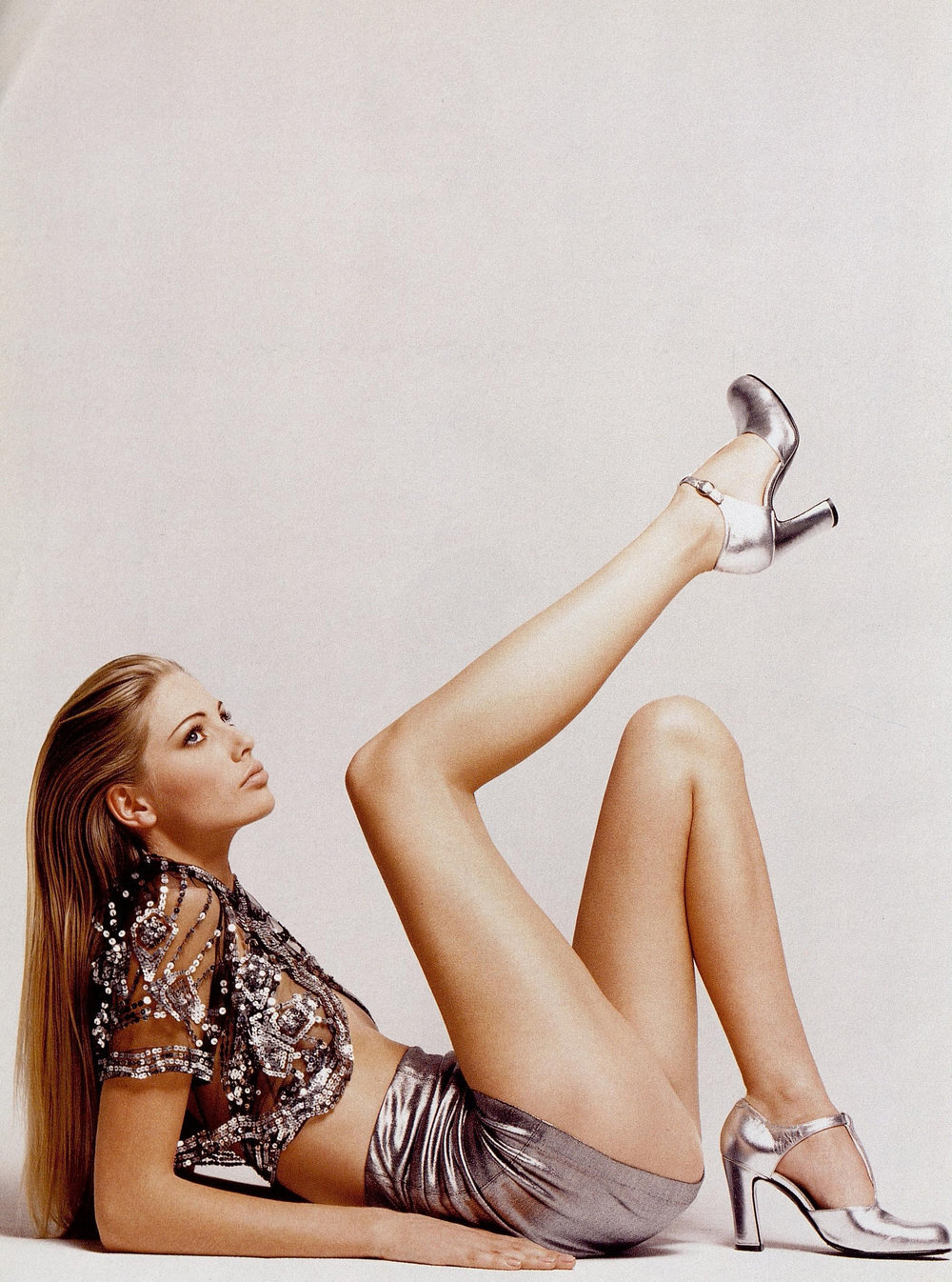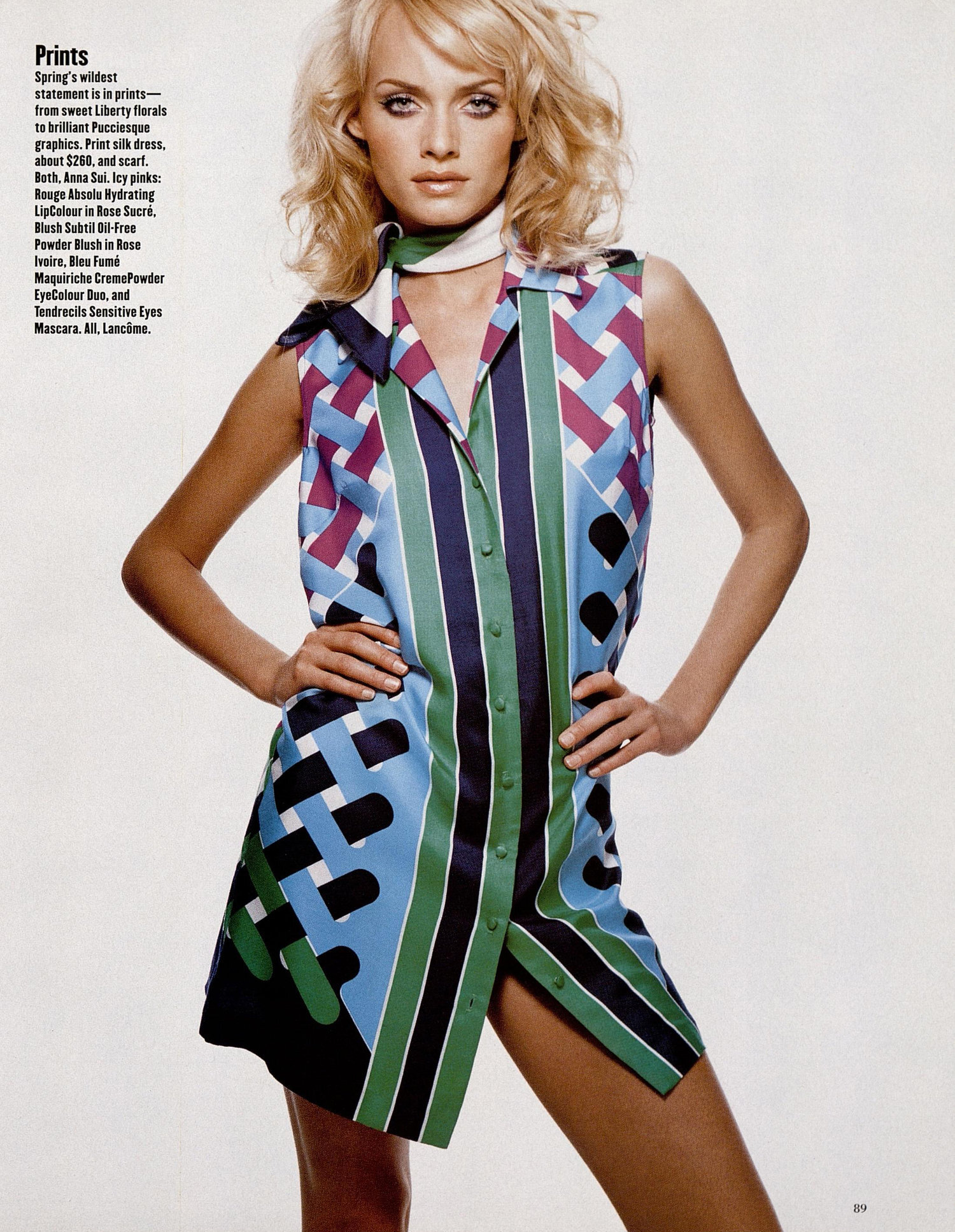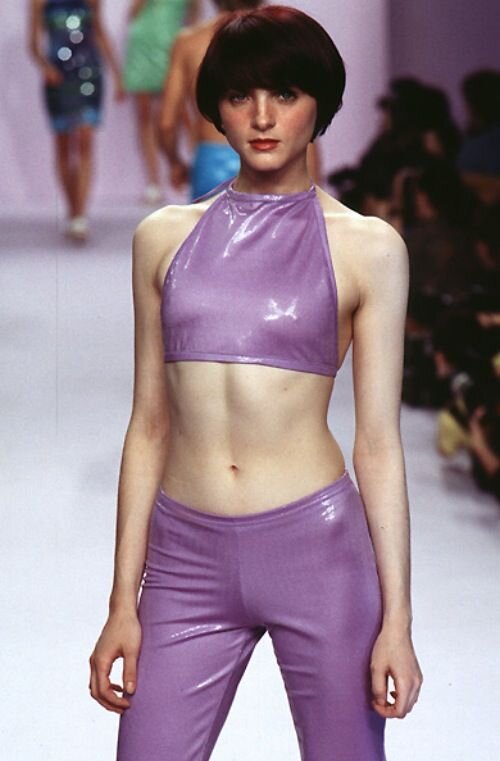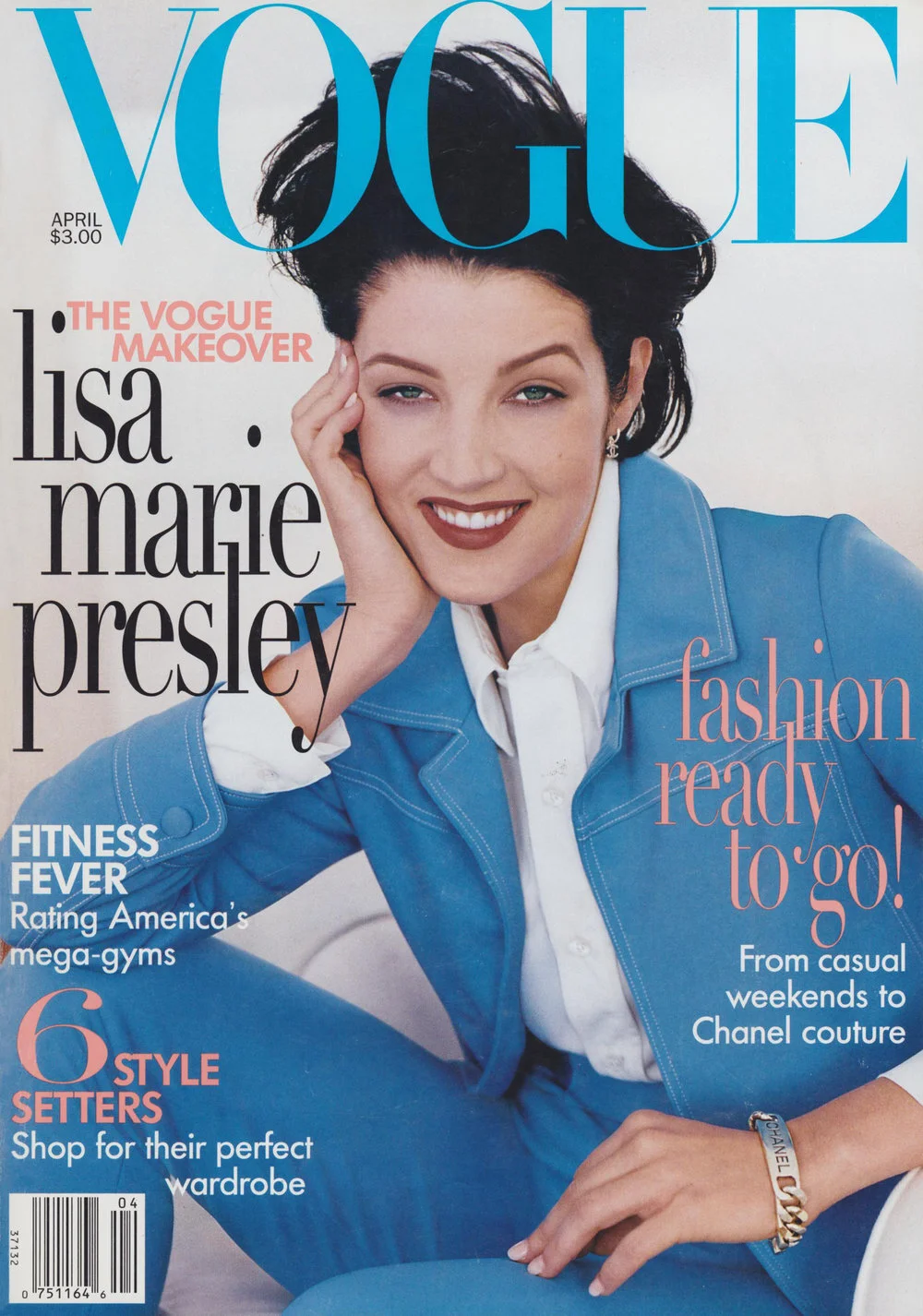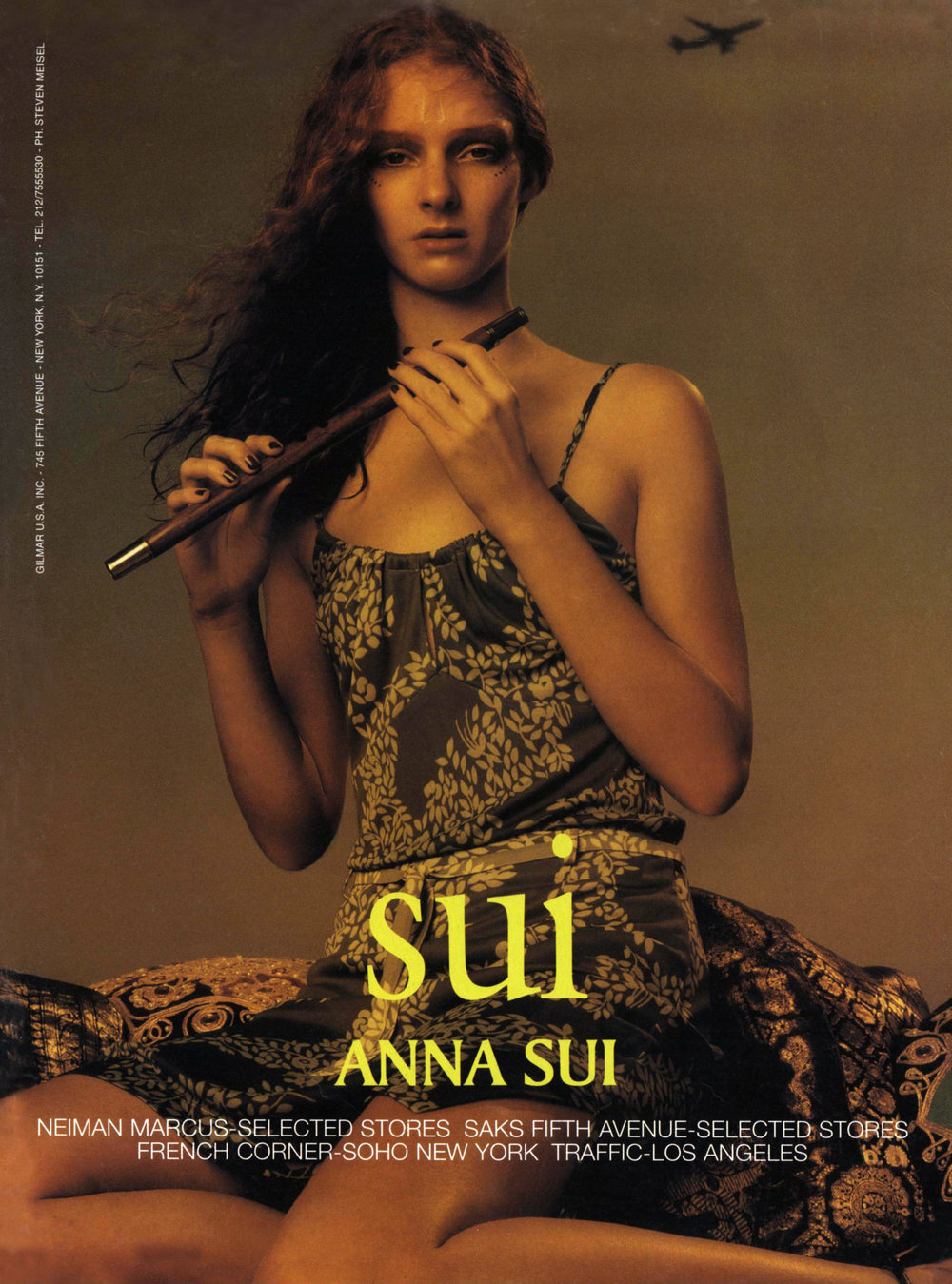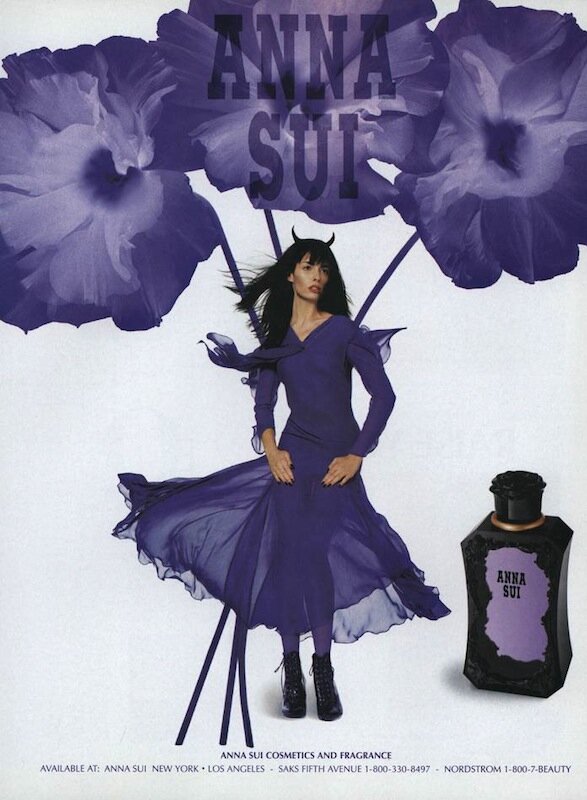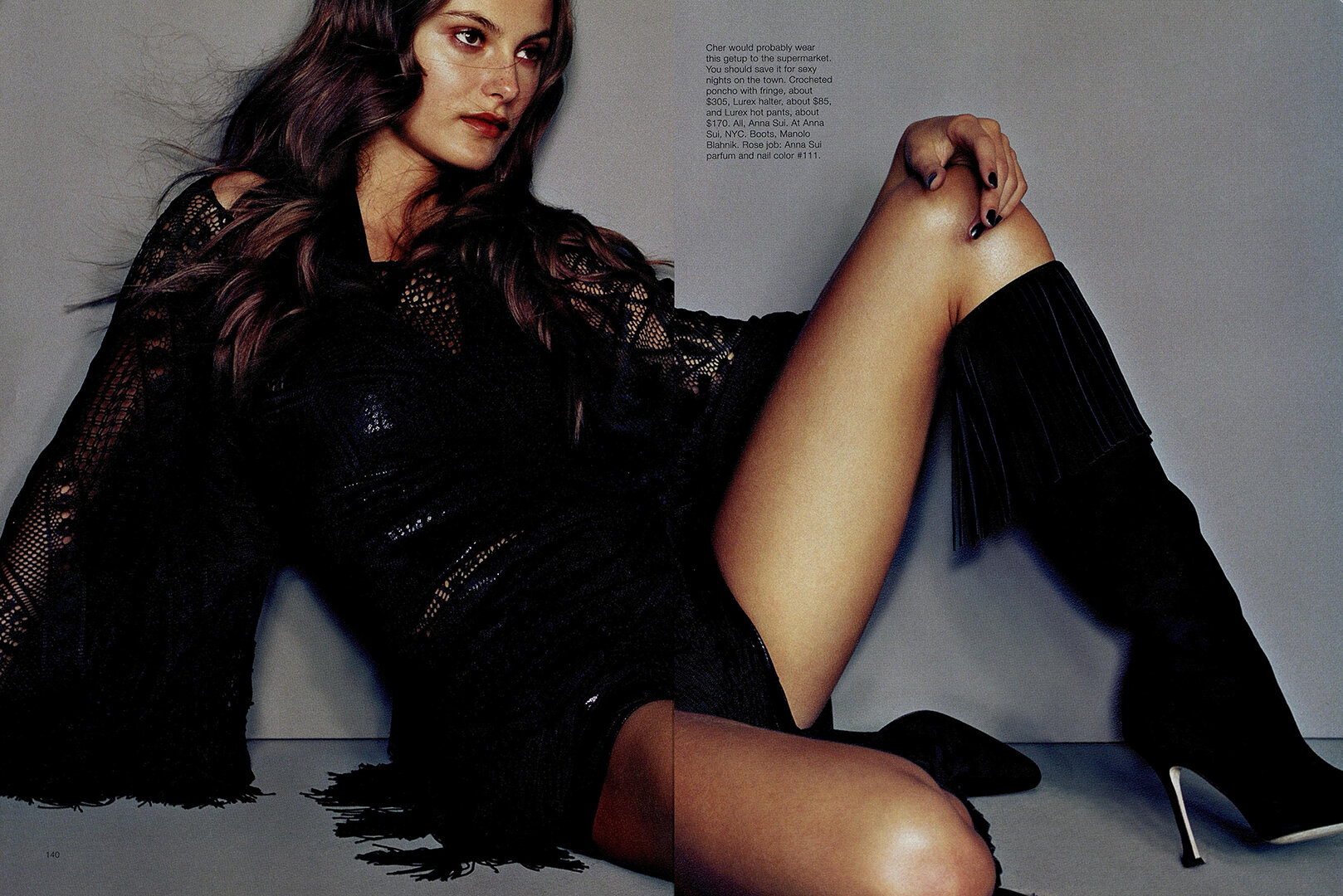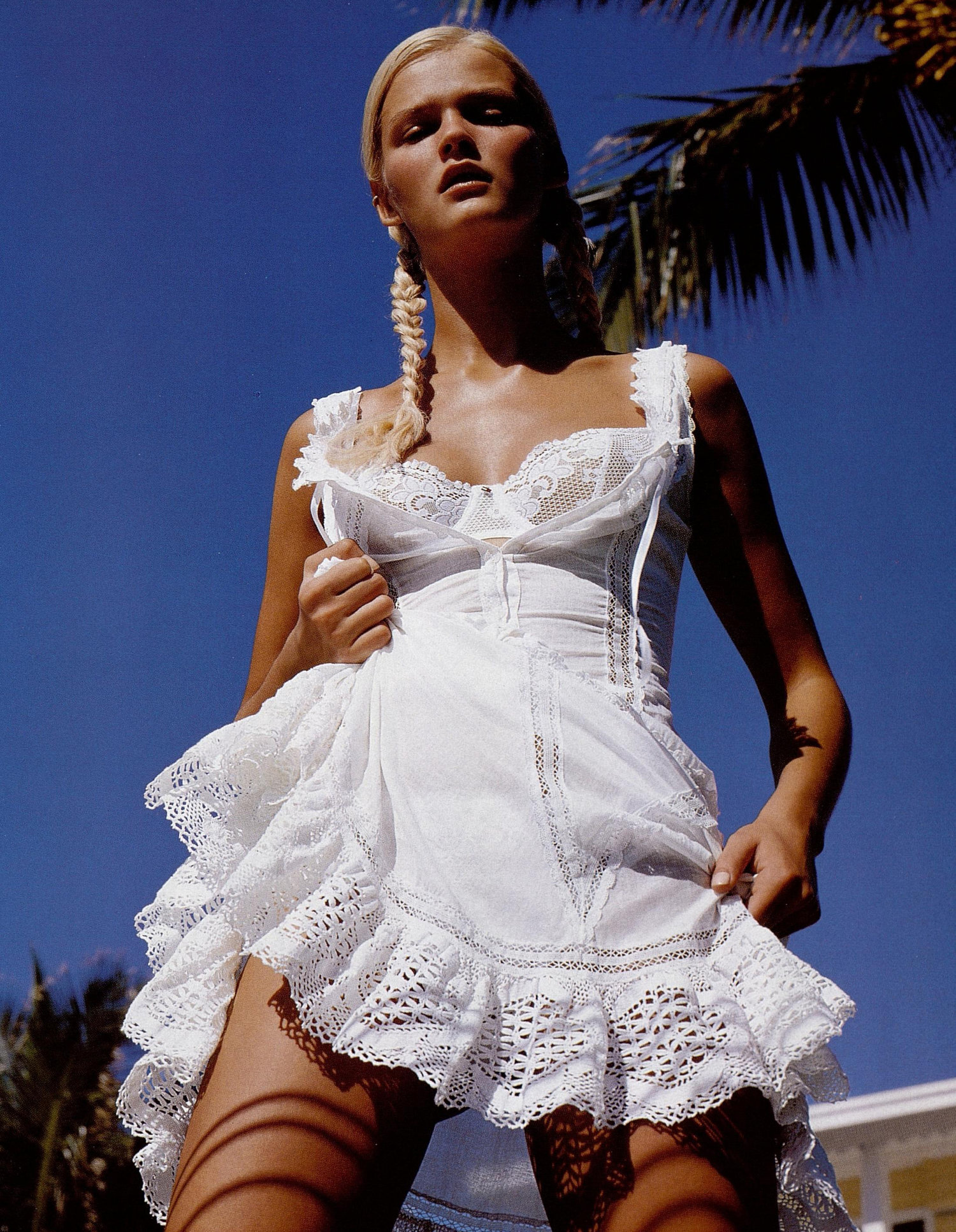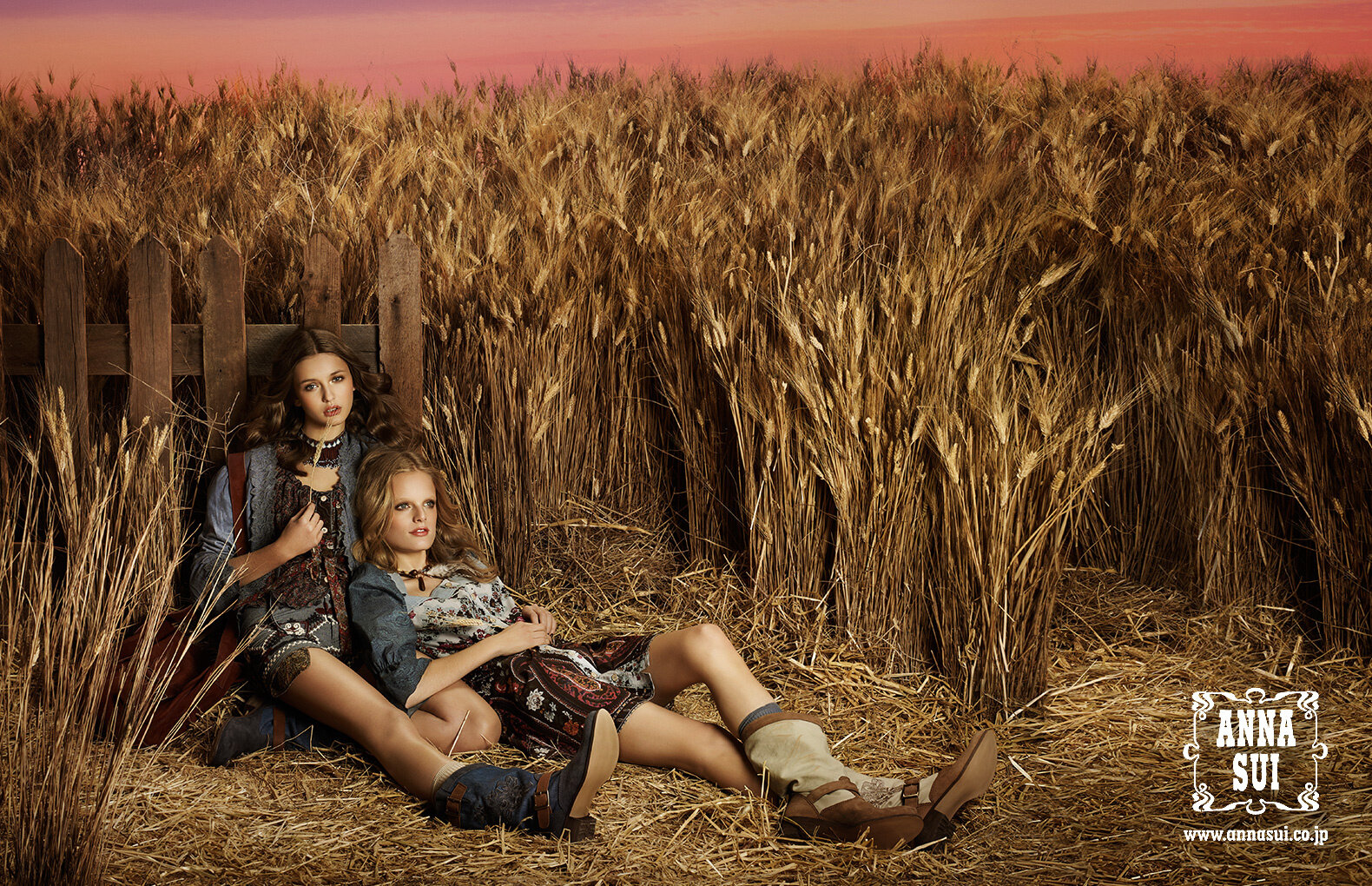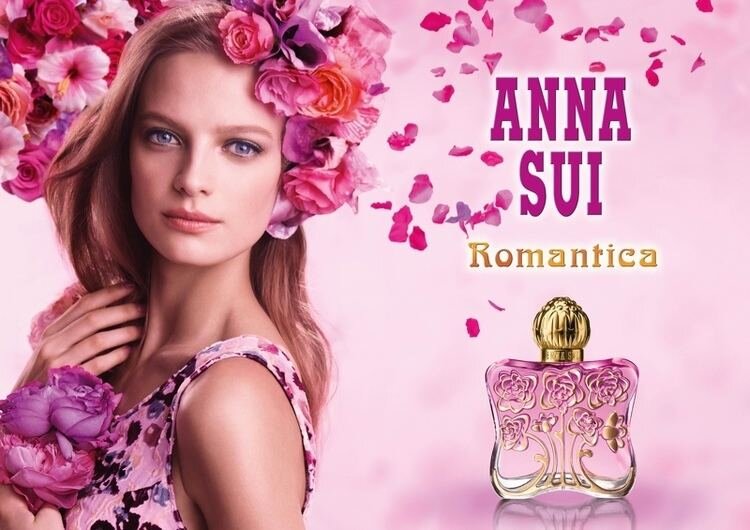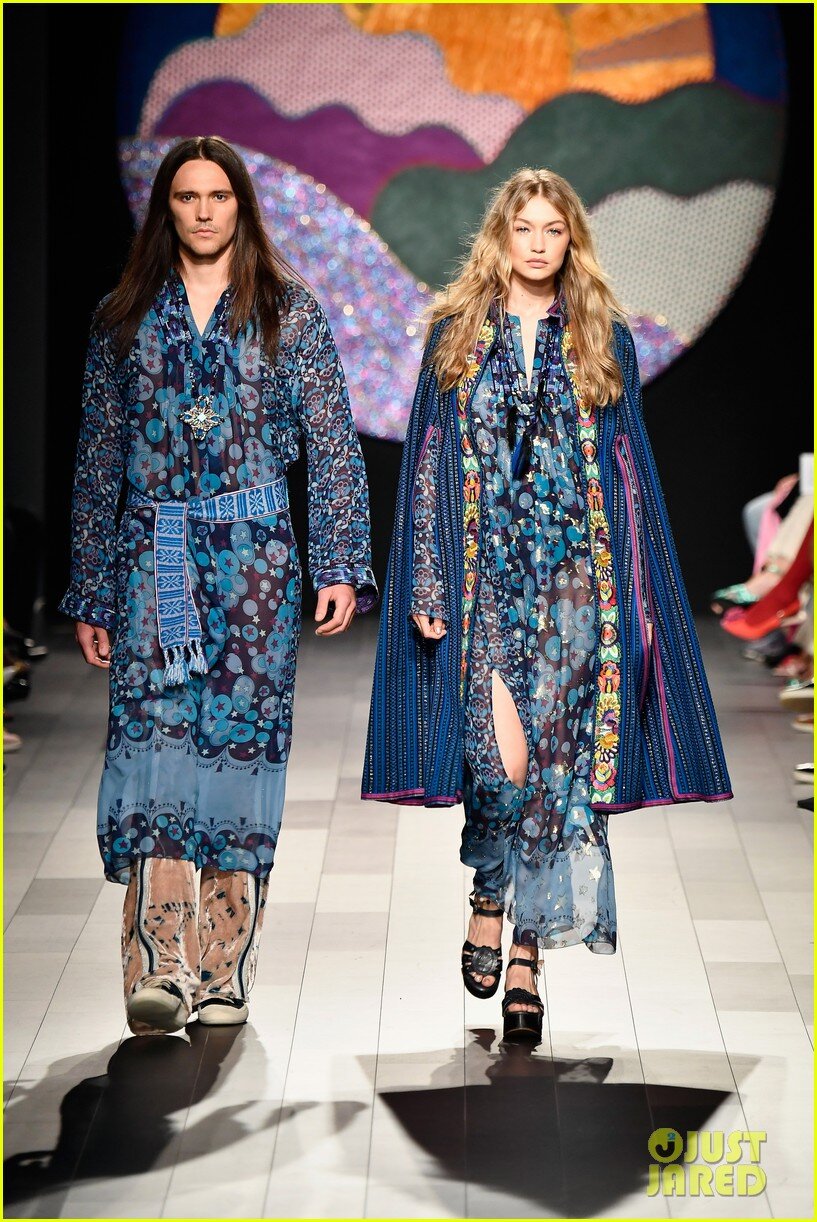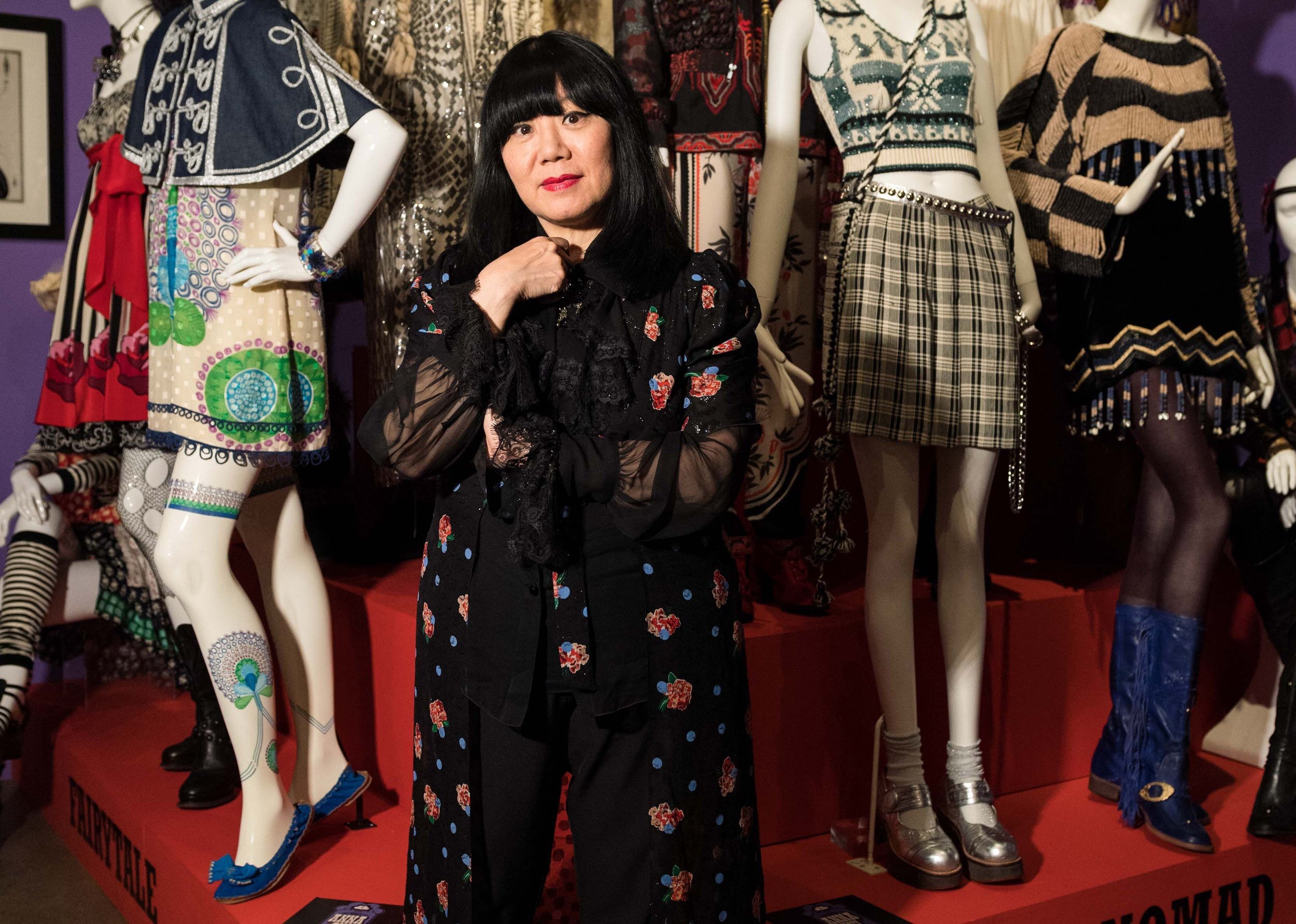Episode 07: Anna Sui
Originally recorded and released as Lady’s After Hours podcast, for Lady.
With these interviews I’m seeking to learn from cultural creatives about how following their passions has molded their lives and careers—what choices they’ve made, where it’s led them and how they created the lives of their dreams. I try to create a space where they feel that they can openly discuss the ups, downs and zigzags of life, as well as the total magic and inspiration that comes from doing what you love to do. In early 2018 I sat down with fashion designer Anna Sui. Though it was our first time meeting in person, we had communicated at length a few years ago when I was writing a book on the fashion designer Thea Porter. Coming of age in the 1960s, Sui has often looked to that era for inspiration. We spoke of Anna’s love of Thea’s work, and I then borrowed two of her dresses to include in the final section of the Thea Porter exhibition I curated, which spoke to Porter’s continuing influence on contemporary designers. As a result of Anna’s kind loan, the same institution—the Fashion and Textile Museum in London—put on the first retrospective of Anna Sui’s work last year.
Anna Sui's dress and matching tights, illustrated by Robert Passantino for WWD, August 5, 1985.
Born in Detroit in 1952, from a young age Sui became obsessed with fashion, music and New York. In 1965 Sui read a Life magazine article about how 20-year-olds Vicky Tiel and Mia Fonssagrives studied fashion design at Parsons before moving to Paris to take the fashion world by storm. With this article as her guide, Sui focused her high school career solely on going to Parsons (except for her time immersing herself in Detroit’s legendary garage rock scene). Once there, Parsons was not the innovative and fashion-forward place she expected and she left after two years to work as an assistant designer at Charlie’s Girl, a juniors’ sportswear label. Though part of the hip downtown scene that frequented such places as Max’s Kansas City, Sui’s work ethic from a young age kept her employed during a decade when many acquaintances were partying. While working at another juniors company in 1980, some jeweler friends offered to share a booth with her at the boutique show—she sewed up some pieces that immediately sold to Macy’s and Bloomingdale’s. When they were featured in a NY Times advertisement few weeks later, Anna was quickly shown the door by her boss. Founding her company with only $300 and working from her apartment, Sui was forced to learn every aspect of running a business in the process of doing. Though she had good accounts and sales, it was very much a bootstrapped business and only in the late 1980s was she able to move it into its own offices. Throughout this time she styled fashion shoots for her best friend, Steven Meisel, to help pay the bills.
"The Grunge and Glory" with Nadja Auermann and Kristen McMenamy in Sui dresses. Photo by Steven Meisel for Vogue, December 1992.
With the help of Meisel and KCD’S Paul Cavaco, Anna Sui launched herself into the fashion stratosphere in 1991 with her supermodel-heavy first runway show. By this time she had completely come into her own—designing pretty, affordable clothes that mixed a huge array of carefully researched references (from the 1940s to the 1960s, from hippies to mods to surfers and goths). In 1992 Sui opened her first store in New York and won the CFDA Perry Ellis award for new talent. Sell-out collections at the major department stores and celebrity endorsements from such megastars as Madonna led to more stores, diffusion lines, perfumes (30 different fragrance launches since 1999) and a makeup collection. In 1994 Sui began consulting with Italian brand Iceberg, which provided her with financial security and access to higher quality Italian factories; this was followed in 1997 with a distribution and sales license with Isetan that broadened her global reach. In this interview she speaks extensively about the business deals and collaborations she made over the years that have allowed her to expand her empire and to maintain control privately of her company—which was valued in 2006 at over $400 million.
Anna Sui in her red bedroom. Photo by David Jensen for Vogue, December 1992.
Still known for affordable clothes and supermodels (Gigi and Bela Hadid starred in her latest runway show), Sui has created an “Anna Sui world” that is completely identifiable all over the world—from the red floors, purple walls and lacquered black furniture in her boutiques, to the ornate carved packaging on her eye shadows, Sui never stopped herself from fully following her passions. The music and clothes that so compelled her as a teenager have become the fodder for decades of successful collections, a museum exhibition, two monographs and a fashion empire—today Anna Sui has over 50 boutiques in eight countries and her collection and products are sold in 300 stores in over 30 countries. In this interview Anna provides an interesting insight into the inspiration, research, hard work and business behind fashion success.
Abbey Lee for Anna Sui, f/w 2010. Photographed by Emma Summerton.

